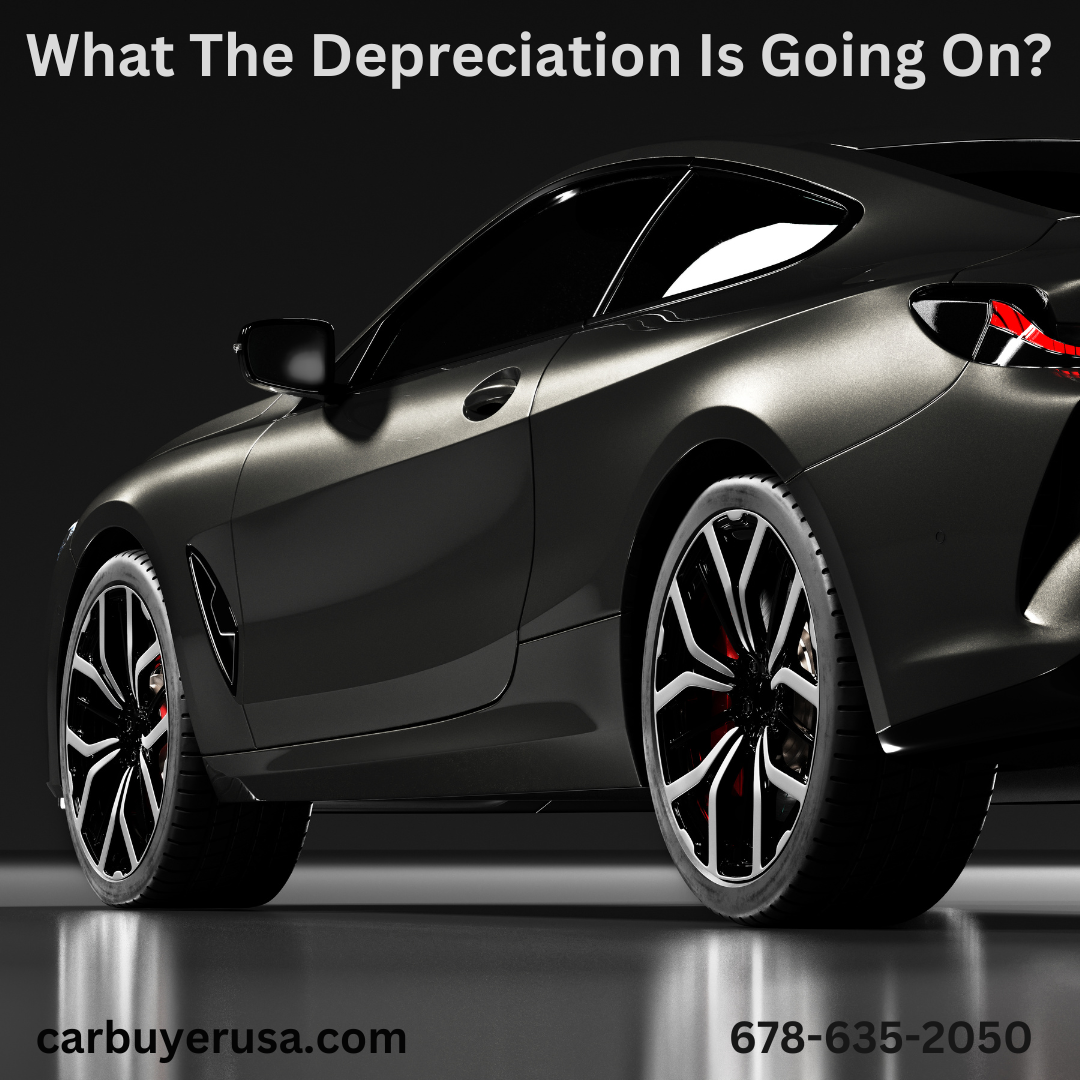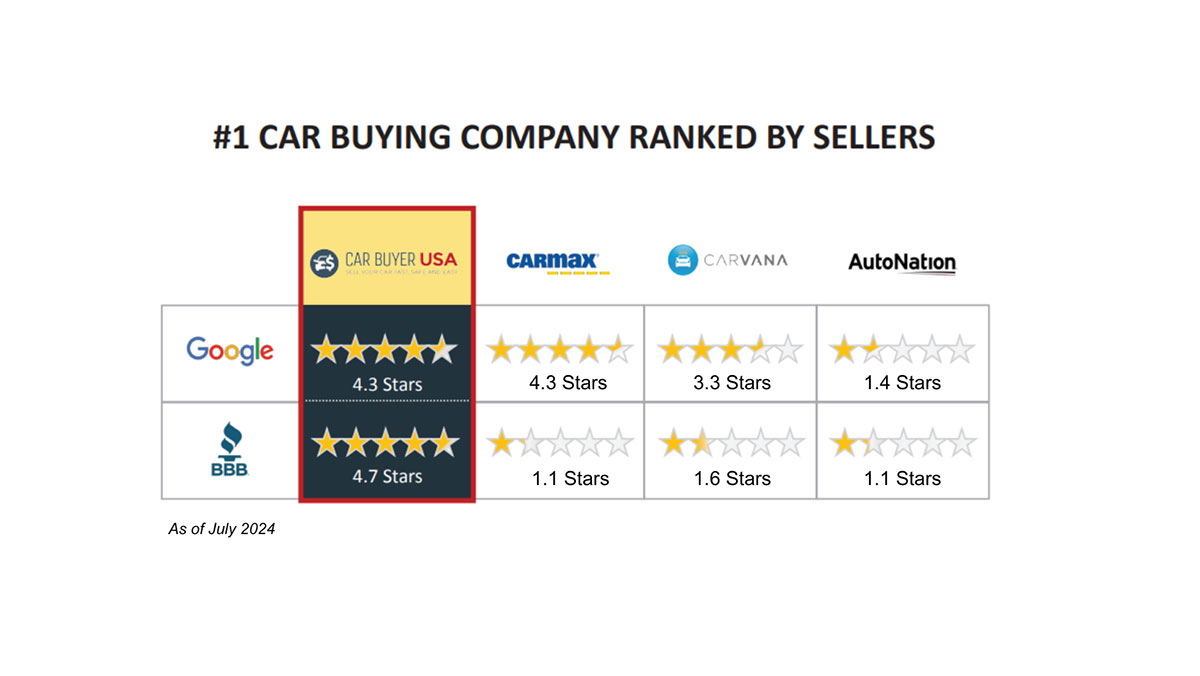
Depreciation is one of the most significant financial realities of vehicle ownership. As soon as a new car is purchased and driven off the lot, it begins to lose value—rapidly. On average, a vehicle loses about 60% of its value within the first five years, a staggering figure that often catches owners by surprise. This steep depreciation rate is influenced by several factors, from the basic economics of supply and demand to the relentless march of time, mileage, and wear. But understanding how and why this erosion of value happens can equip consumers with the knowledge they need to make more financially sound decisions.
The most dramatic loss of value occurs the moment a car transitions from new to used, a phenomenon that typically happens as soon as it's driven off the dealer’s lot. This immediate depreciation can amount to a 10-20% drop in value within the first year alone. The reason is simple: a new vehicle, once sold and titled, loses its "new" status, even if it has been driven only a few miles. This perception shift makes potential buyers less willing to pay the original price, especially since they can purchase the same vehicle as a “used” car at a significantly lower cost.
As time passes, other factors begin to weigh more heavily on a vehicle's value. Mileage is a major consideration, with higher-mileage vehicles generally depreciating faster. The reasoning here is intuitive: the more a vehicle is driven, the more wear and tear it experiences, increasing the likelihood of mechanical problems and expensive repairs. Buyers are often wary of purchasing high-mileage cars, viewing them as closer to needing major maintenance. As a result, the vehicle’s resale value suffers.
By the end of five years, most cars have lost approximately 60% of their original value. For example, a vehicle that initially costs $30,000 might be worth only around $12,000 five years later, assuming it has average mileage and has been kept in reasonable condition. However, not all vehicles depreciate at the same rate. Luxury vehicles, for instance, tend to lose value faster than more affordable cars. Their high initial price tags, expensive upkeep, and frequent technological updates make them more vulnerable to steep depreciation. On the other hand, brands with a reputation for reliability, such as Toyota or Honda, tend to hold their value better over time.
Beyond the wear and tear and brand reputation, market trends also play a crucial role in depreciation. Changes in consumer preferences—such as the growing shift toward electric vehicles—can make some traditional gasoline-powered cars less desirable. Similarly, rapid technological advancements can render older models outdated, further eroding their value. A car equipped with outdated safety features or lacking modern technology may seem like a less attractive option, prompting potential buyers to look elsewhere. The result? Even if a car is mechanically sound, its perceived value can drop simply because it doesn’t meet the latest market demands.
While the most substantial depreciation occurs in the first five years, vehicles continue to lose value over time, albeit at a slower rate. After the initial hit, age and condition become the primary factors influencing value. For older cars with high mileage, depreciation can be so extreme that the vehicle's worth is reduced to little more than its scrap value.
In light of this, car owners looking to minimize depreciation can take several steps. Regular maintenance, minimizing mileage, and choosing vehicles with strong resale value can help curb the financial impact. Nonetheless, depreciation remains an inevitable part of vehicle ownership, a reminder that cars are not just transportation, but also depreciating assets.


